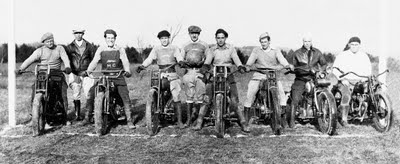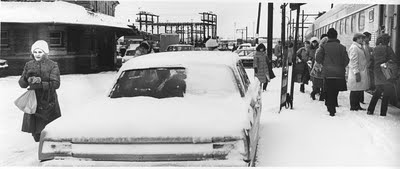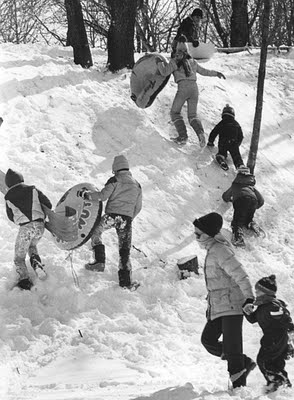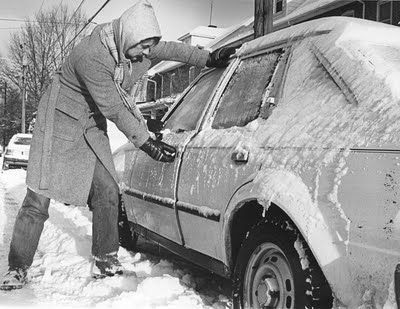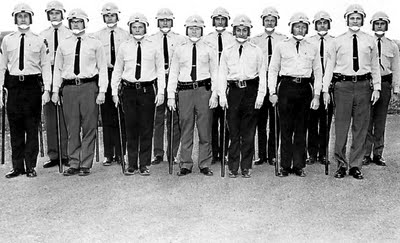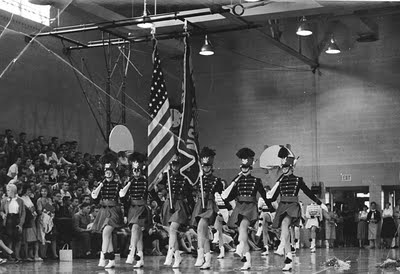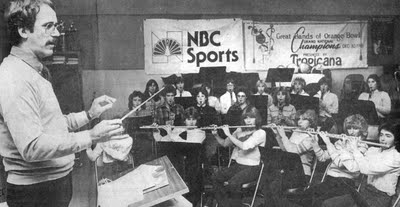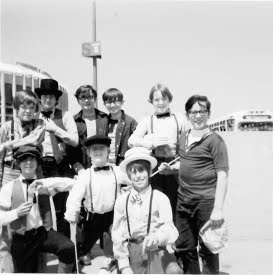A real snow storm
But a photo submitted by Barbara Smith Santee of Telford reminds us that this was not the most snow ever recorded in the area.
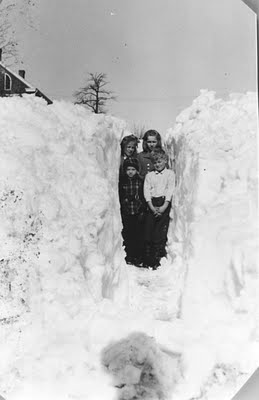
According to Santee, this photo shows the depth of snow that fell during the winter of 1939 — and it was a LOT of snow.
She notes that the child in the left front of the photo, Mary Smith, was about 7 when it was taken. She is the daughter of Alfred and Violet Smith, who lived across from the Perk Hotel in Perkasie.
The children in south Perkasie in grades one through three went to the elementary school on Branch Road, up from the Perk Hotel, Santee said.
The other children in the photo were from the neighborhood and lived across from the school.
“I don’t know who shoveled this passway in front of the school, but it was a difficult, back-breaking job,” Santee said.
The bottom of the photo shows that under the sides of the passway in the cement there was another 8 inches of snow not removed.
“That winter we sledded, ice skated on the creek at the falls behind Benfield Mill, near the Benfield Apartments. We also were grateful to all the dads who pushed the snow away on the ice so we could ice skate,” said Santee, who is the second child in the Smith family.
A reminder....
After three postponements because of February’s inclement weather, the Lansdale Historical Society’s Community Program, “Firefighting in the North Penn Area,” has been rescheduled for Tuesday, March 9, at 7:30 p.m. at the Lansdale Parks and Recreation Building, Seventh Street and Lansdale Avenue; and Thursday, March 18, at 7:30 p.m. at the Towamencin Firehouse, Bustard Road, Kulpsville.
The show will focus on how local volunteer fire companies became a necessity more than a century ago as the region’s population increased, along with the risk of major fires.
Representatives of the Fairmount (Lansdale), North Penn (North Wales), Towamencin, Colmar, Upper Gwynedd, Hatfield and Montgomery Township fire companies will describe the founding and development of their brigades and share their personal experiences as firefighters.
Society President Dick Shearer will narrate a brief history of early firefighting efforts. A video presentation by Steve Moyer will also be featured.
To accommodate an anticipated large crowd, the second presentation — originally planned for firefighters and their families but now also open to members of the public — was scheduled.
The society’s Community Programs are presented free of charge, but donations are appreciated.
For more information, call (215) 855-1872.
 RSS
RSS
